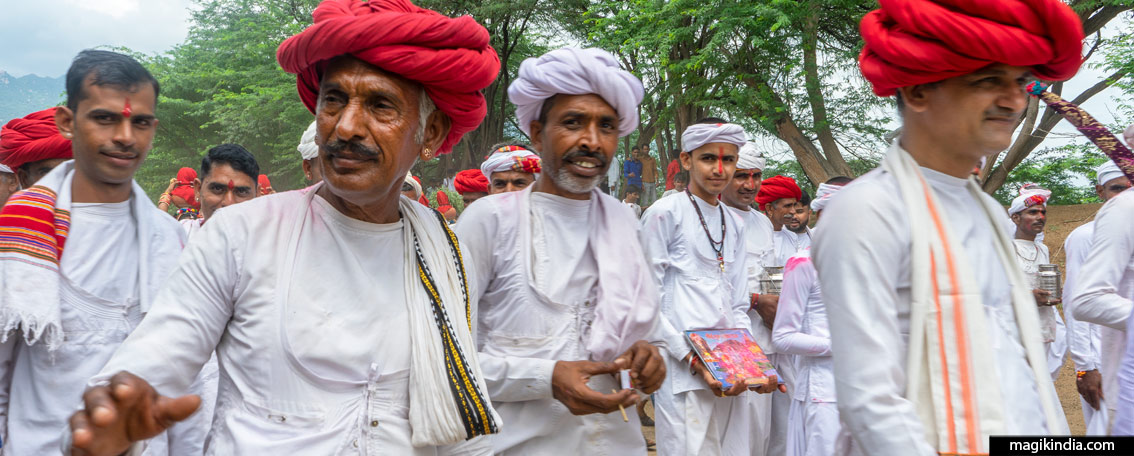
Rabari people, those who follow their own path
“Outside the norm”, this is perhaps one of the best definitions of the word “Rabari.” Those who, originally, were nomadic camel herders from the arid areas of Rajasthan consistently exercise a powerful fascination on common people and regularly attract photographers’s eyes from all over the world. If their origin remains a mystery, their traditions, even gradually eroded by modern society, are still very much alive.
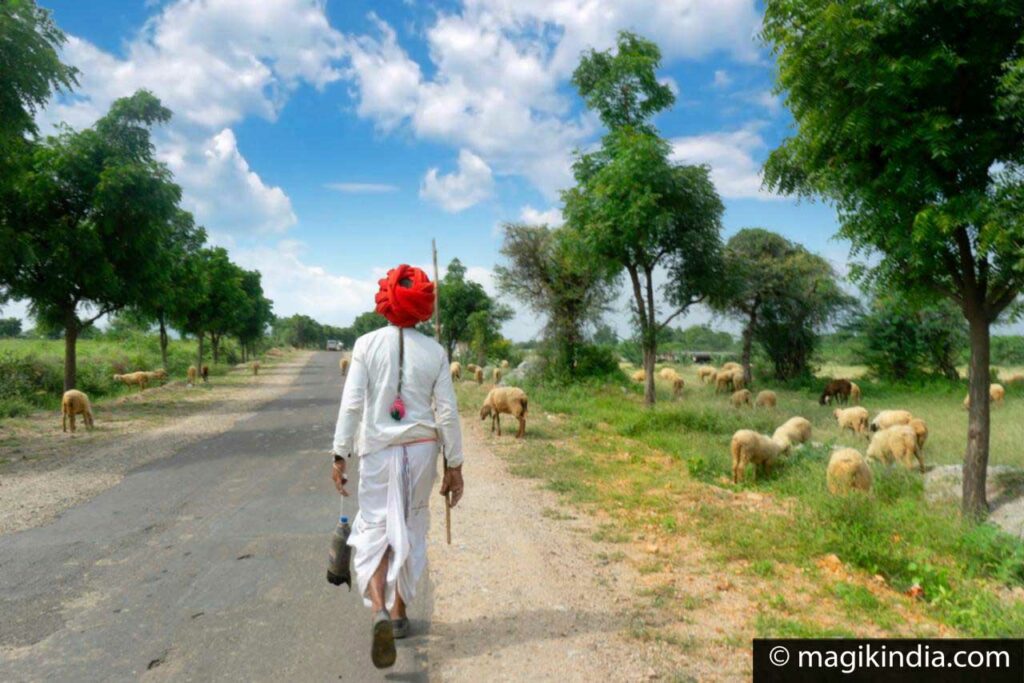
Some historians believe that the word “Rabari” (रबारी) comes from the Persian and means a kind of counsellor; others attribute this name to an ancient tribe of India. Actually there is a plethora of definitions.
The definition I find most apt is “Rah-bari”, that is to say, “outside the laws or the norms”, as this free community have always lived according to their own rules.
A small historical anecdote illustrates this point. When, in 1298 CE, Sultan Alauddin Khilji attacked Siddhpur (Gujarat) and seized the Shiva-lingam from the temple of Rudrahamalaya in order to bring it back to Delhi, the Rabaris converted into temporary warrior groups and fought alongside the Maharaja of Sirohi (Rajasthan) to reclaim the precious lingam. They were victorious and, since that day, the lingam has stood in the temple of Saneshwar Mahadev in Sirohi. As a reward the king offered the Rabari territory in the state of Sirohi. This offer was declined with the explanation that the Rabari people did not need land, as they liked to live wherever they wanted. They could have established their own Rabari kingdom at that time, they chose, instead, freedom. The Maharaja of Sirohi nevetherless wanted to pay homage to them and dedicated two days each year in their honour – October 11th and 12th (Bhadra Mas Ajvali)
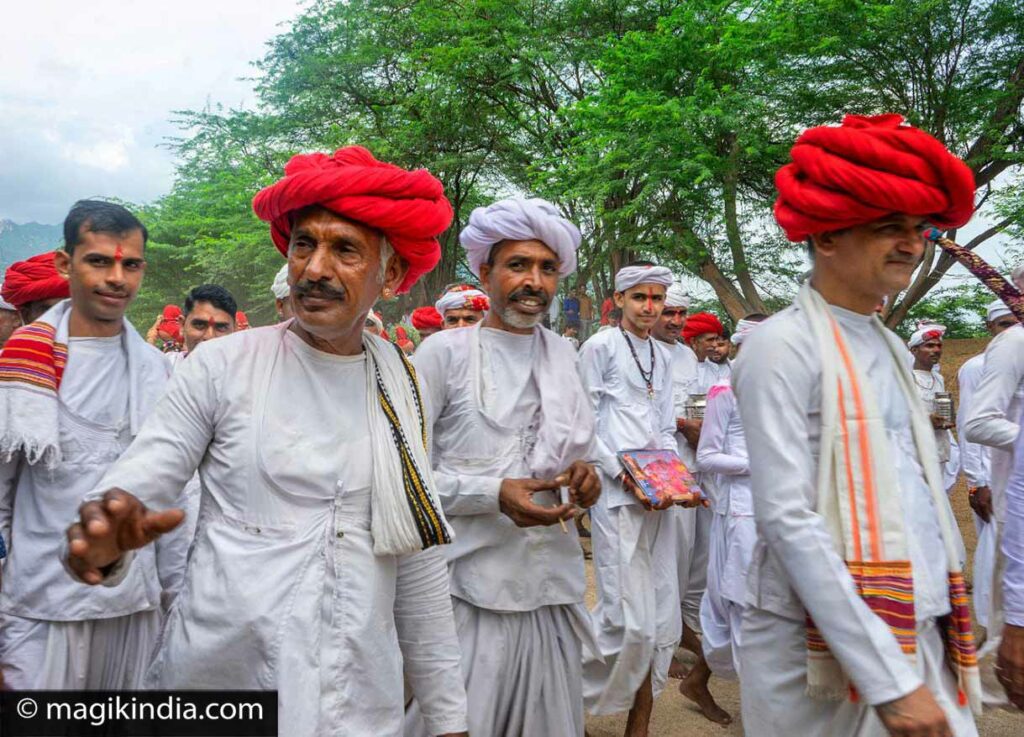
Although their origin narrative is identical (see below), we can roughly distinguish two large groups of Rabaris, on the basis of geographical criteria: the Rabaris of Rajasthan (also known as Raika, Dewasi, Desai…) – mainly inhabiting the region of Marwar (Jalore, Pali) and Gowar (Sirohi, Mount Abu) – and the Rabaris of Gujarat (North, Saurashtra and Kutch) simply called “Rabari”.
These two clans are themselves further divided into 133 groups. In the Kutch region, for example, there are three sub-groups of Rabaris: the Vagadiya, the Kachhi and the Dhebariya. Rabari people are also found in many other states of India like in Madhya Pradesh, in Haryana and in the province of Sindh (actual Pakistan).
The Origin of Rabaris
From a historical point of view
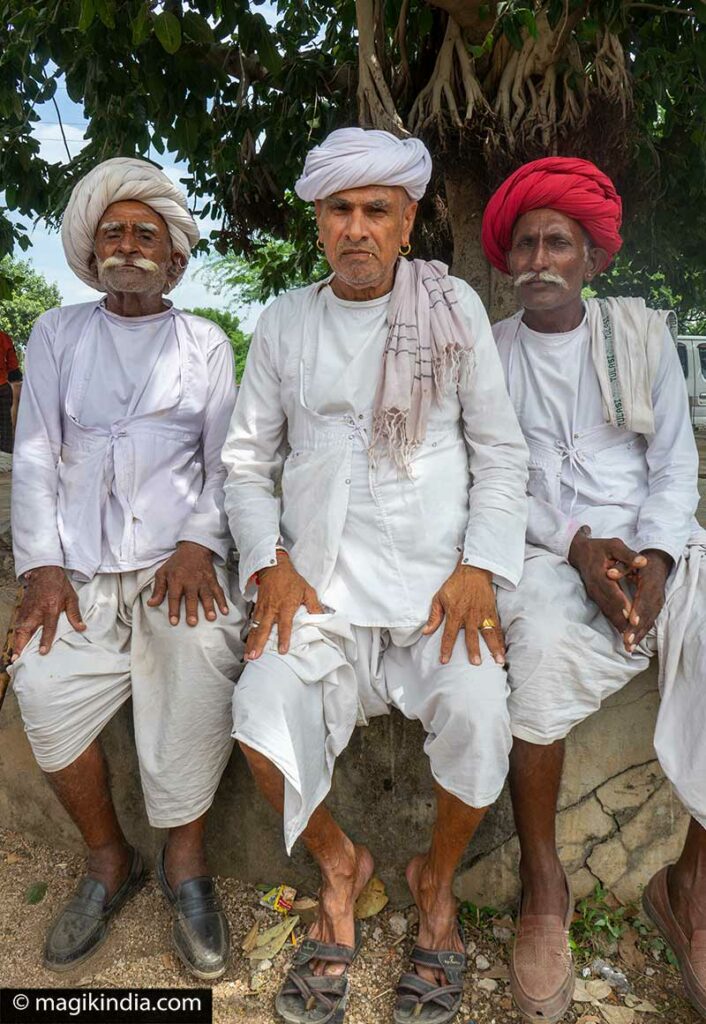
The exact origin of the Rabari people remains a mystery and is still subject to debate. Some historians believe that the Rabaris are descendants of people from the Iranian plateaus and would have migrated to India in the 4th century in the region of Marwar (Rajasthan), then in Gujarat.
According to Dr Yash Rabari, a science student passionate about the history of his community, the Rabaris first settled in the Kutch region then migrated to Rajasthan and other parts of the India. As evidence he offers the “Ravs”, which are the genealogical archives and the history of the Rabari community. Some of these Ravs make mention of the Rabari people in Kutch as far back as 45 BCE.
It is sometimes said that the Rabaris are related to the Rajput warrior caste. This hypothesis, also taken up by some legends (see below), is strongly refuted by the Rabari community. While it is true that the Rabaris sometimes fought alongside the Rajput kings (as we saw above), they are indeed a community apart.
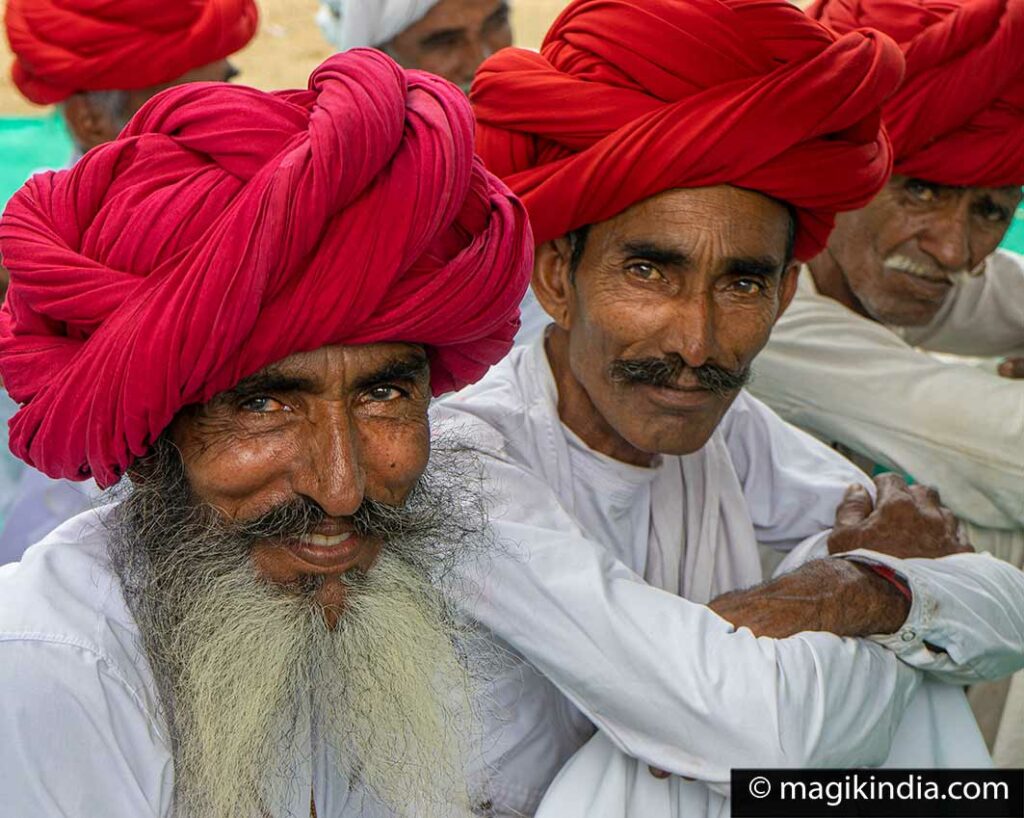
Mythological origin
The Rabaris associate their origin with the goddess Parvati and her husband Shiva. The legend includes many versions, here is one of them:
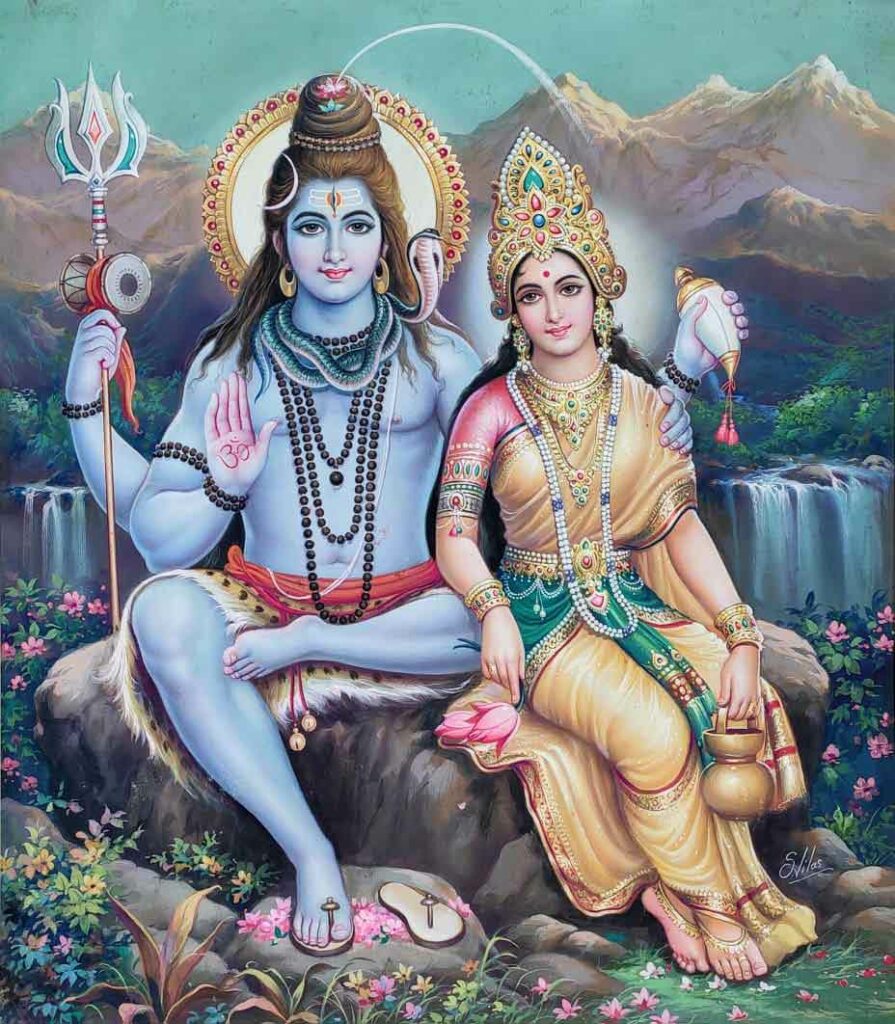
While Shiva was meditating near a lake at Mount Kailash in the Himalayas, Parvati fashioned several animals in the clay. When Shiva came out of his meditation she asked him to breathe life into them. Among these animals one had five legs.This fifth leg, placed under the belly of the animal was too cumbersome so Shiva pushed it upwards creating a bump on the back of the animal. Thus was born the camel or more precisely – the dromedary. However, as soon as he was freed from this ugly leg, the camelid quickly became uncontrollable. Shiva then created a man named Sambad, to take care of it: the first Rabari man was born.
Since that time the Rabaris have been herding camels and consider this occupation sacred due to the fact that it was created by the divine couple.
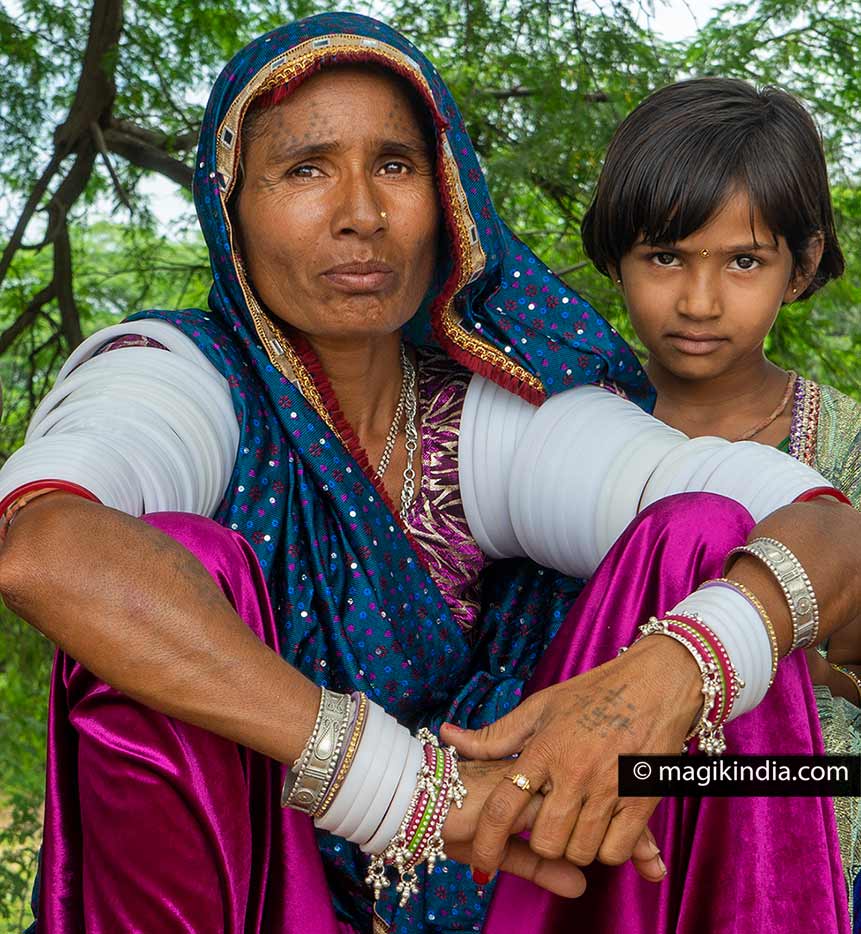
Subsequently, Sambad married an Apsara (celestial creature) named “Rai”. They had a son and twelve daughters known as “Raika” (meaning “from Rai”). The twelve daughters married twelve Rajput warriors but since inter-caste marriage was prohibited, the warriors had to abandon their caste for that of the Raika. This Rajput kinship as told in the “Ravs” is not always accepted by the Rabari community itself.
The nomadism of the Rabari people
Originally, the Rabaris were nomadic people who bred, exclusively, camels. They traveled from village to village in order to find new pastures and to sell products which derived from the camelid (milk, wool and leather).
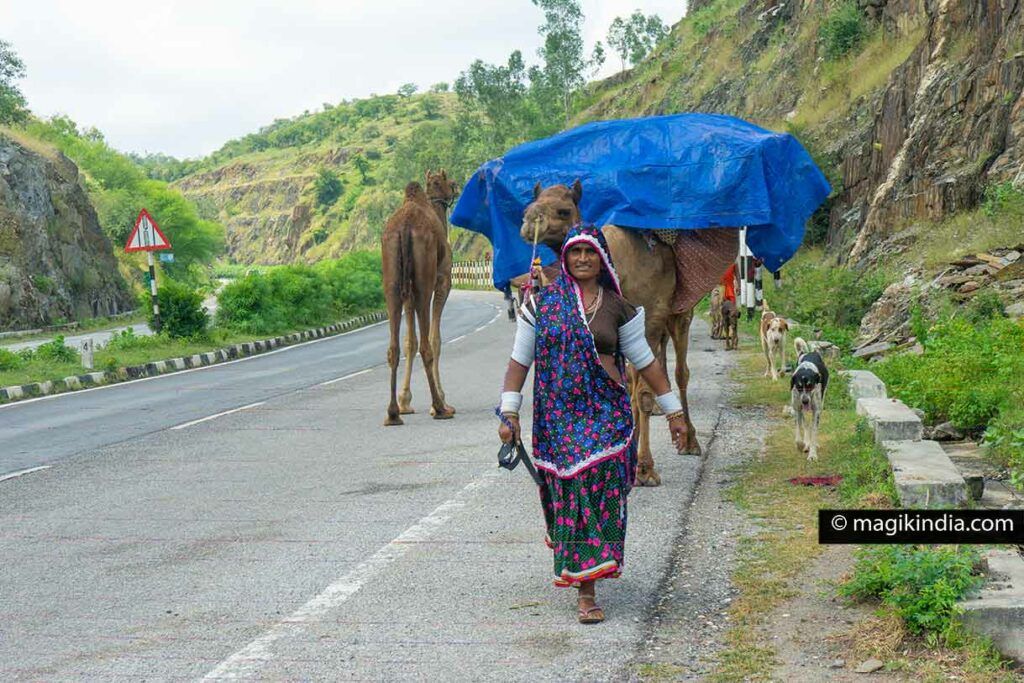
At present, there are only 30% of nomadic or rather semi-nomadic Rabaris, leaving their villages during the dry season to graze their herds. Most Rabari have completely abandoned the nomadic way of life. As in many regions of the world, north Africa or Syria for instance, nomadism has become threatened due to loss of pasture areas, conflicts with landowners and lack of recognition from society in general.
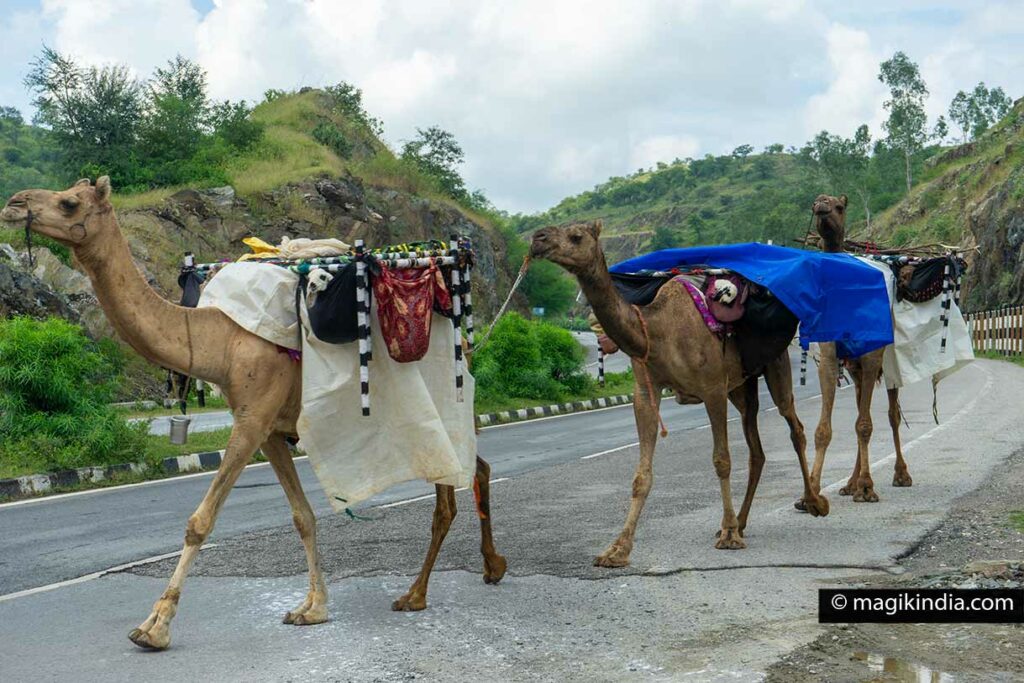
Camel breeding has also been gradually devalued in India. The Rabaris then converted to sheep, goats and cattle breeding in order to survive. Because of this, they are often called “shepherds” a label which sometimes offends the sensitivity of this proud community. During my interviews with the Rabaris, I was kindly asked not to use this term to qualify them.
Traditional Rabari costumes
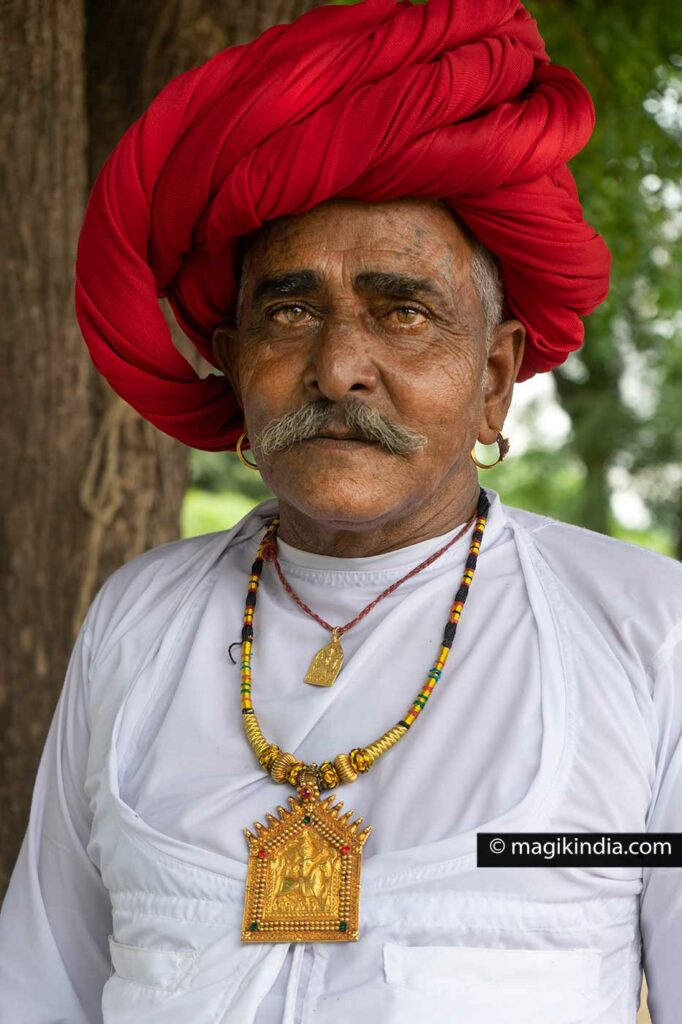
There are as many dress customs as there are subgroups of Rabaris but it can be said that in general Rabari men wear an immaculate white ensemble made of pure cotton and consisting of a long-sleeved shirt (kediya) laced on the chest and a doti (loincloth) called pacheri. The outfit is crowned with a 9 meter long royal red (or white) turban which largely contributes to the charm and elegance of these men.
On special occasions, the shirt and doti is decorated with colourful embroidery and sometimes a waistcoat is added as well as a “khais”, a shawl over the shoulders. During festivals or when they accompany their flock they hold a wooden stick.
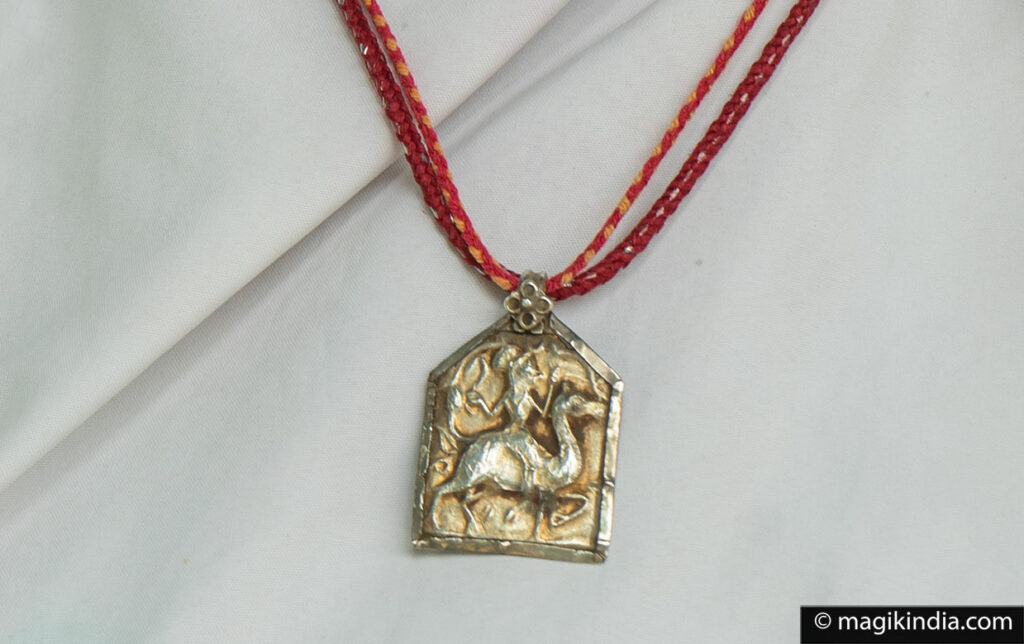
Men’s jewelry usually consists of simple gold ear rings or gold stud earrings worn on top of the ears, called “valis”. The Rabari Raika wear an impressive necklace with a large gold pendant flanked by deities. Originally, this pendant represented an armed man or a goddess riding a camel (see image above), recalling the warlike past of the Rabaris when they were recruited by kings to fight.
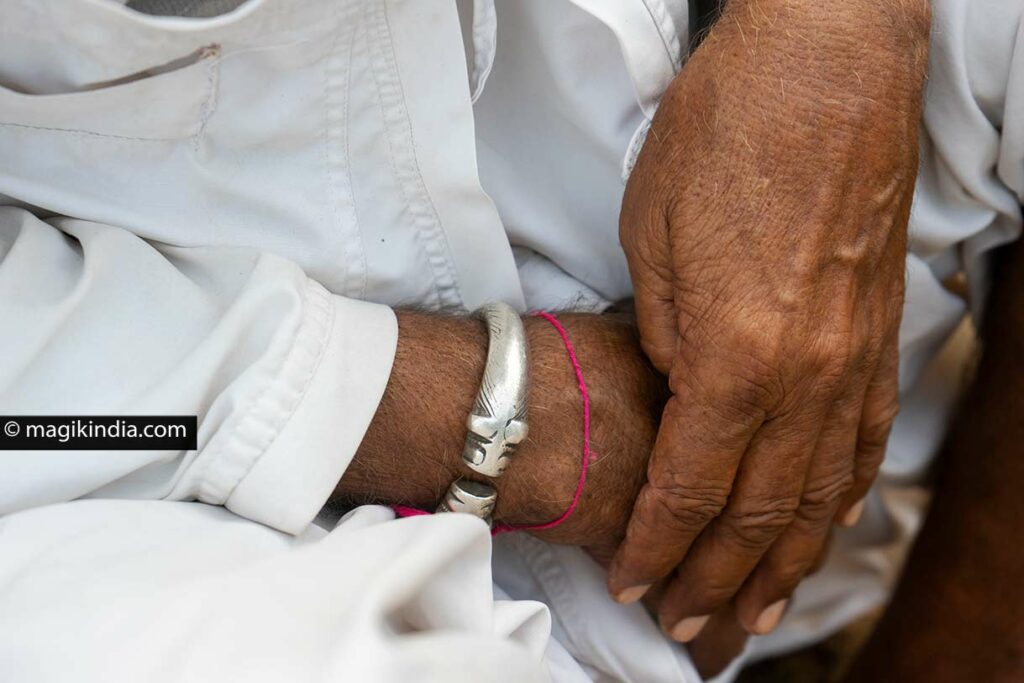
A Rabari man can also be identified by the sterling silver “Kada” bracelet and the ring he wears. Perhaps the most amazing ring I’ve seen is the one adorned with a Shiva-lingam surrounded by spheres on each side … unique!
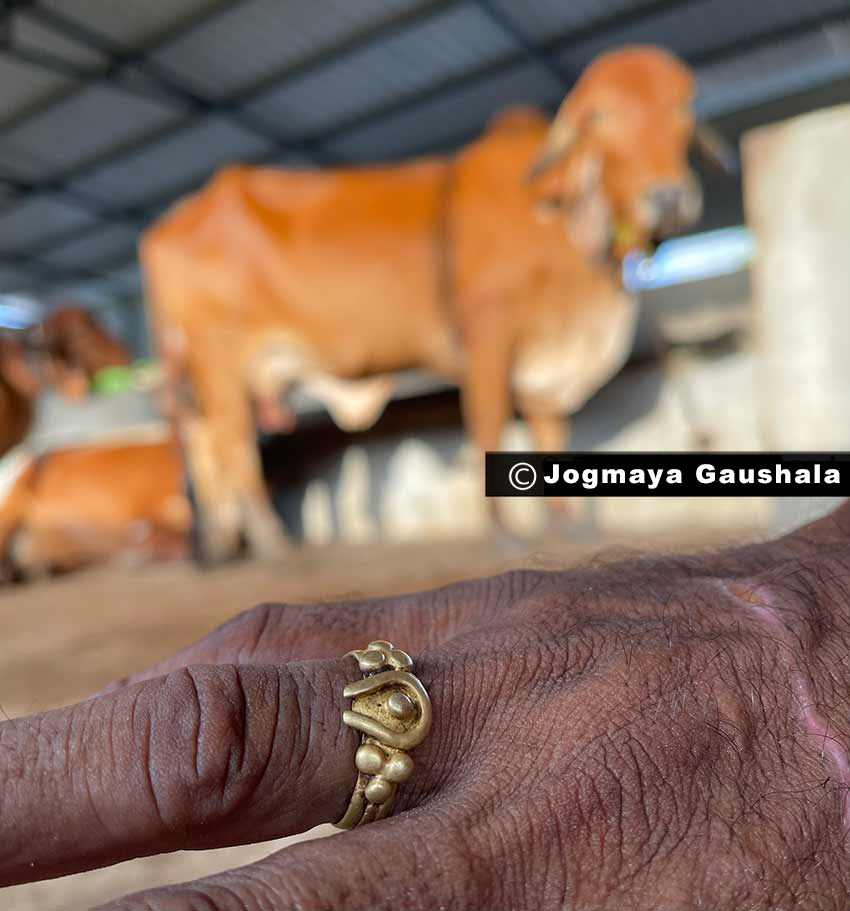
The Rajasthani Rabari women wear “ghagras”, simple colored patterned skirts, with a matching blouse (kapdu) and a long, brightly colored veil (chundari).
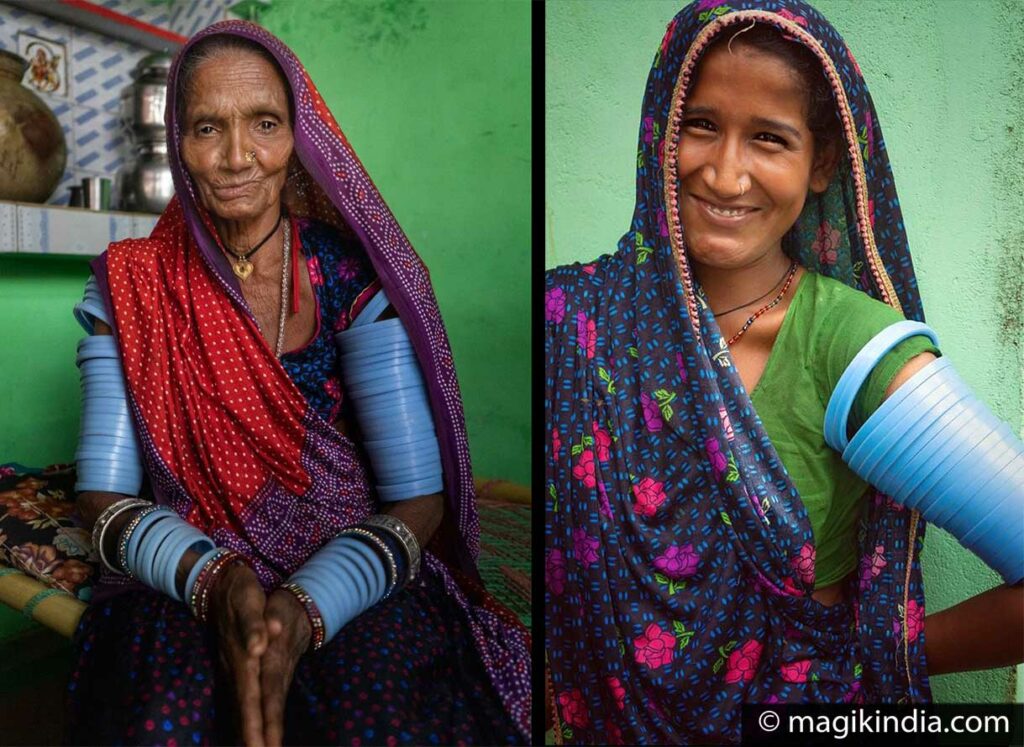
The item that catches the most attention in their outfits are the large plastic “churias” (wedding bracelets) in a light blue or white tone that cover the entire upper arm and occasionally the entire arm. This is a particularity of Rajasthan. Other adornments are the mangal sutra and / or the madalia (gold wedding necklaces) as well as massive silver anklets.
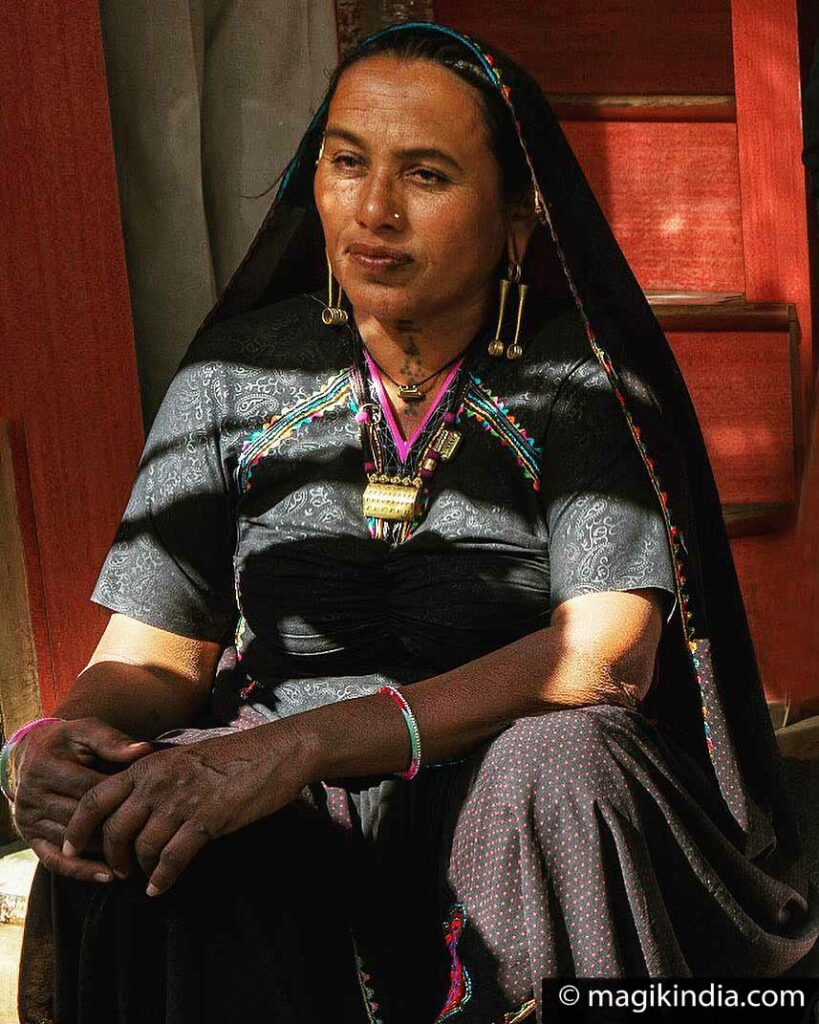
Rabari women from Gujarat also wear a skirt and veil, but usually in black tones specially in Kutch district (again depending on the Rabari subdivisions and the age and the status of the wowen) as well as an open back blouse tied at the top and bottom, of simple appearance or richly embroidered in bright colours. Elderly or widowed women usually wear all-black or dark colours outfits.

The black colour of the clothes of the Rabari women of Kutch is said to come from a legend. When the Rabari community lived in Rajasthan the king of Jaisalmer fell madly in love with a beautiful Rabari woman but her family refused marriage because the Rabaris do not mix with other castes even if they are of royal blood. The Maharaja was so furious that the Rabaris had to flee from Jaisalmer. However, they were overtaken by the king’s army and massacred. The young woman, rather than surrender to the king, begged Mother Earth to save her. The earth then opened under her feet and swallowed her up. Since then the Rabari women who migrated to Kutch wear black as a sign of mourning.
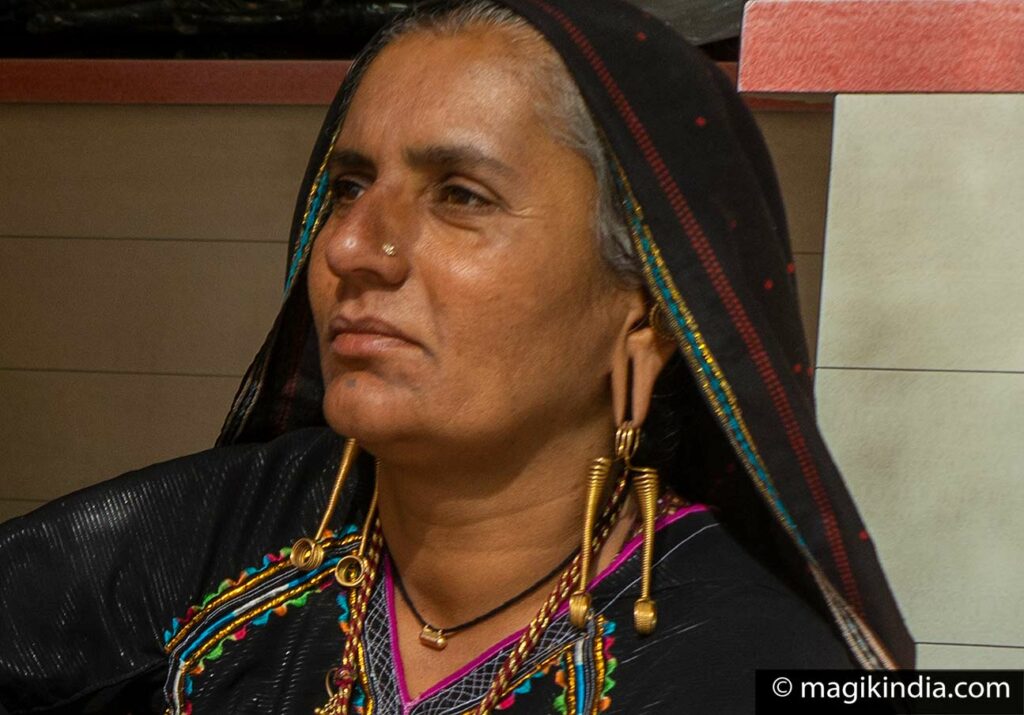
A small peculiarity concerning the ornaments of the Kachhi Rabari women of Kutch is that they are often seen wearing wedding earrings called “Nagali Sanke” which take their name from their coiled shape that recalls that of the snake. This type of earring requires stretched earlobes, a procedure that begins in childhood by inserting wooden plugs into the lobes.
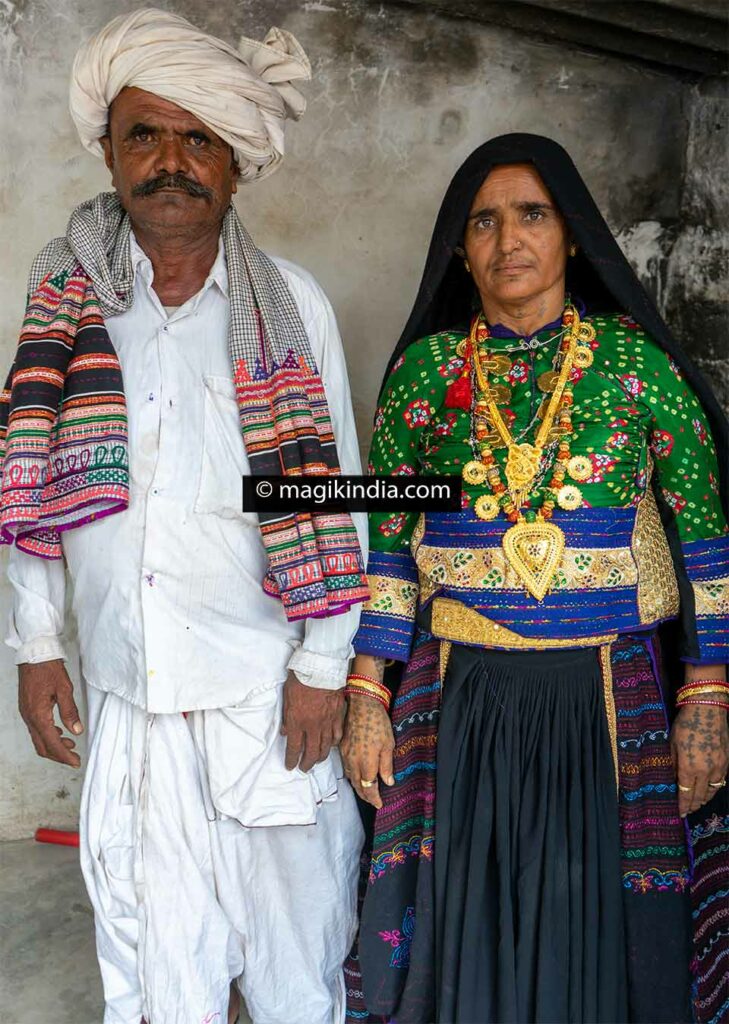
During festivals and weddings men’s and women’s outfits explode with colour and with a profusion of embroidery, beadwork and gold and silver adornments. A real feast for the eyes!
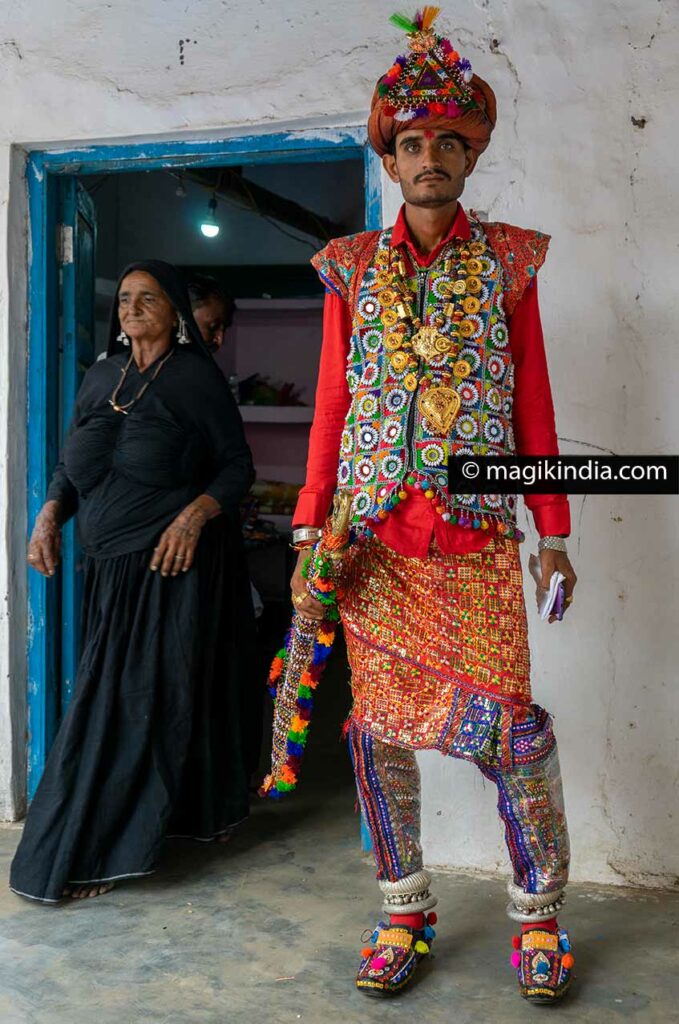
The most incredible costume I’ve seen within the Rabari community is that of the Vagadiya Rabari groom. While the bride’s costume is a long black woolen veil that covers her entire body, the groom’s is embroidered in bright colours from head to toe with the added bonus of flashing LEDs on the shoes and on the turban, a must!

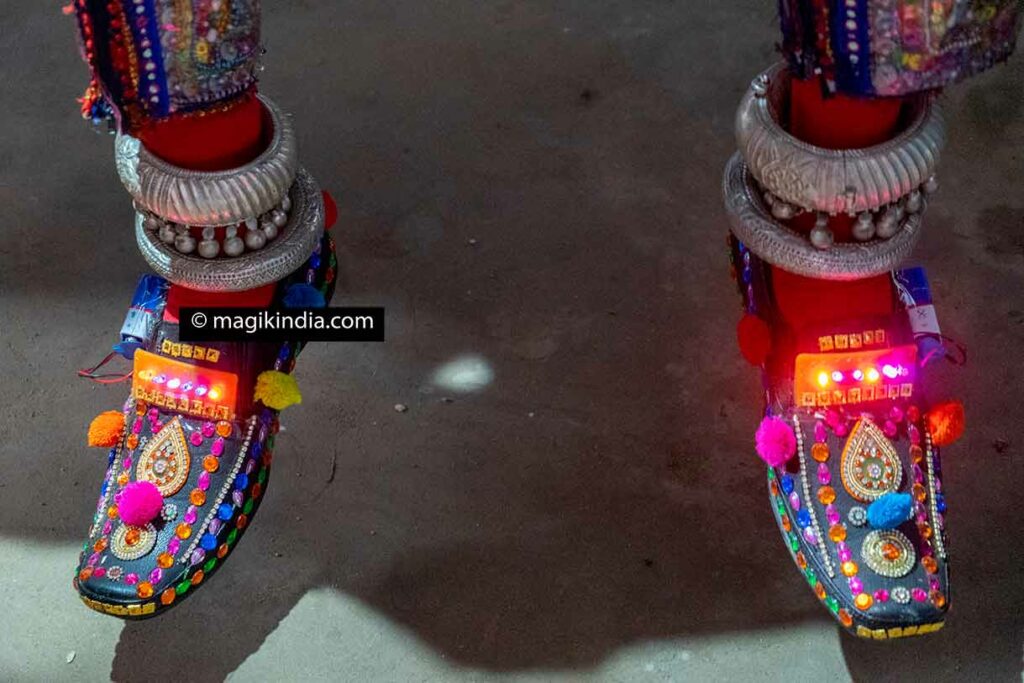
Tattoos
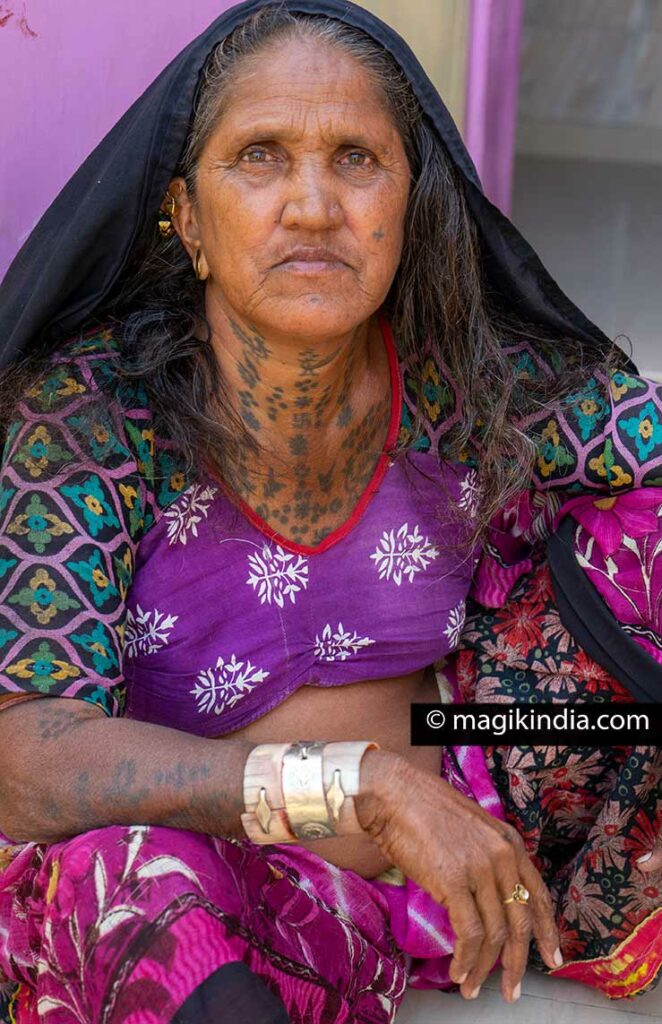
Tattoos, mostly worn by women, are a sign of beauty as much as of protection and identification; the tattoos being different according to the Rabari caste. They were traditionally done with carbon black and are generally worn on the legs, feet, face and are more accentuated on the neck, hands and forearm.

This tradition tends to die out, the younger generation preferring to free themselves from these marks of a bygone era. Previously, girls were tattooed from early childhood and these tattoos were believed to protect children from the evil eye and ensure the fertility of young women.
Rabari embroidery
The Rabari women of Kutch in Gujarat are renowned for their elaborate embroidery. They generally use the chain stitch with the inclusion of mirror (abhla), beads (moti) and appliquéd (katab).
Previously, these embroideries were exclusively intended for the wedding trousseau and were made by hand only. As this work was very tedious, some women turned to new techniques including the sewing machine and the appliqué insert known as “Hari Jari”.
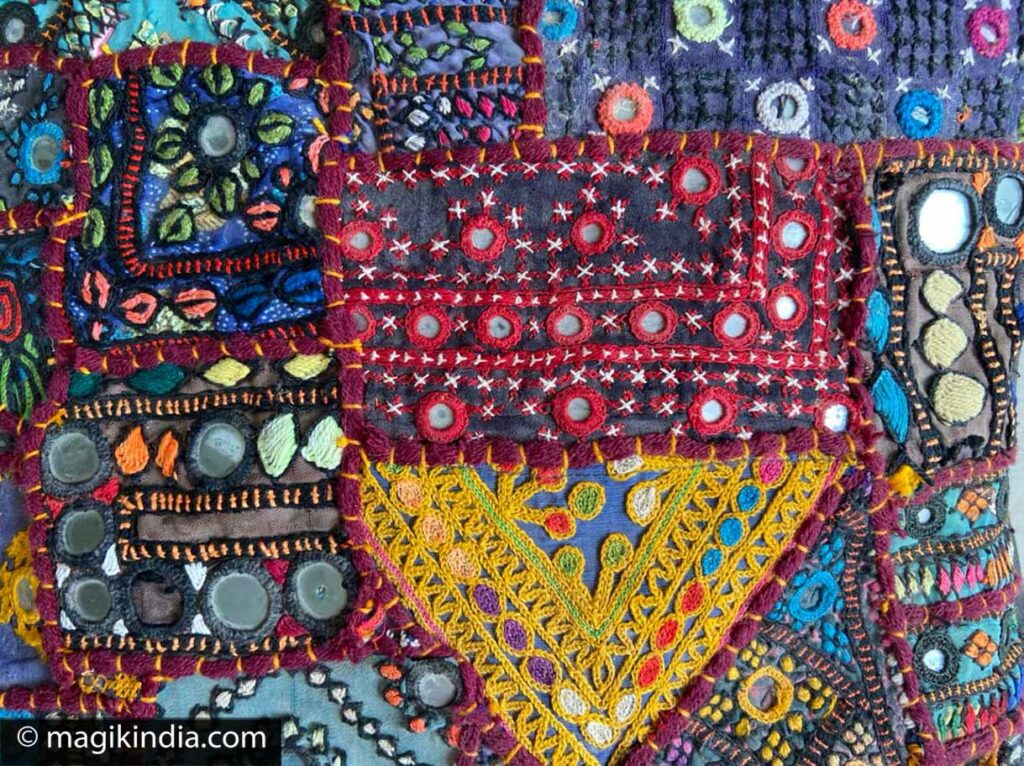
The creator of this new art is Pabiben who was the first woman artisan-entrepreneur in the state of Gujarat. Her “Pabi Bag” was a resounding success both in India and abroad. Pabiben now manages a team of 60 women embroiderers.

The creator of this new art is Pabiben who was the first woman artisan-entrepreneur in the state of Gujarat; his “Pabi Bag” was a resounding success both in India and abroad. Pabiben now manages a team of 60 women embroiderers.
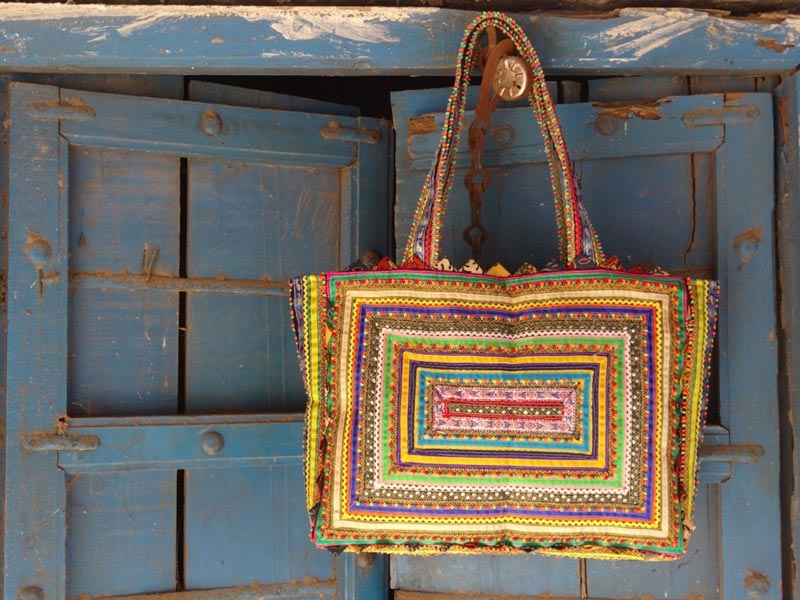
Magiben, another Rabari woman of talent, has also made her place in this small world of embroidery by combining ancestral and modern techniques. Watch her story in the video below.
Sajnuben Pachan Rabari, for her part, transmits this art to the younger generations during workshops in her village and in design schools. Her art has also been exported to the USA where she created, in 2020, a piece for the George Washington Textiles Museum.
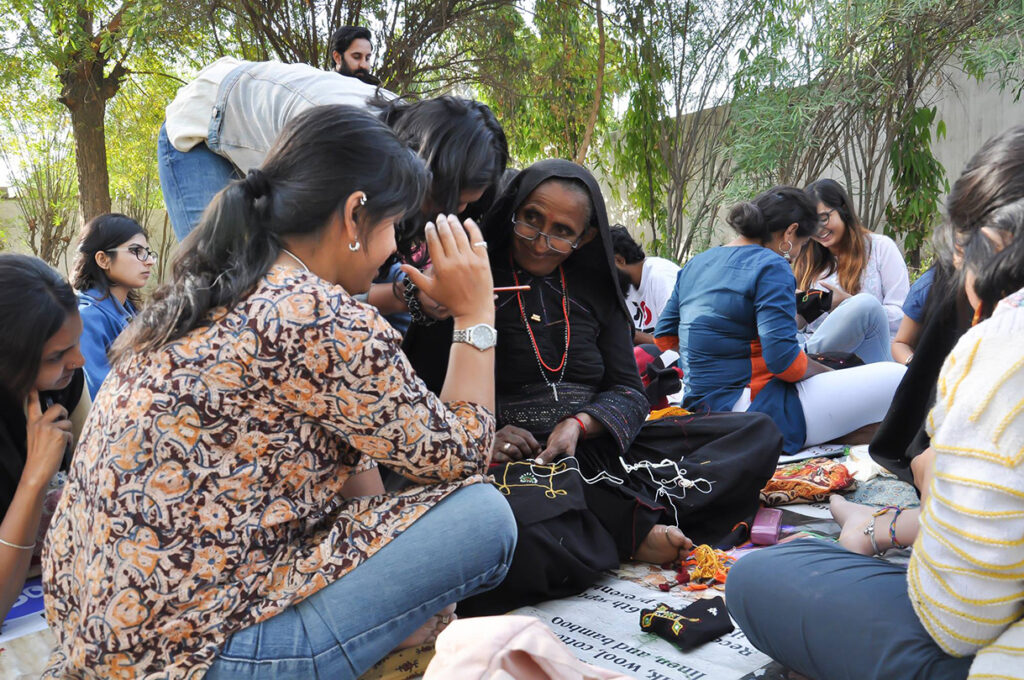
Continuing traditions in modern society
As we have seen, embroidery is one of the ways of perpetuating the Rabari culture. But what about this new generation who have studied or who work in big Indian cities or are employed abroad? What are they doing to maintain their Rabari identity? Modern society, as we know, often stifles traditional culture.
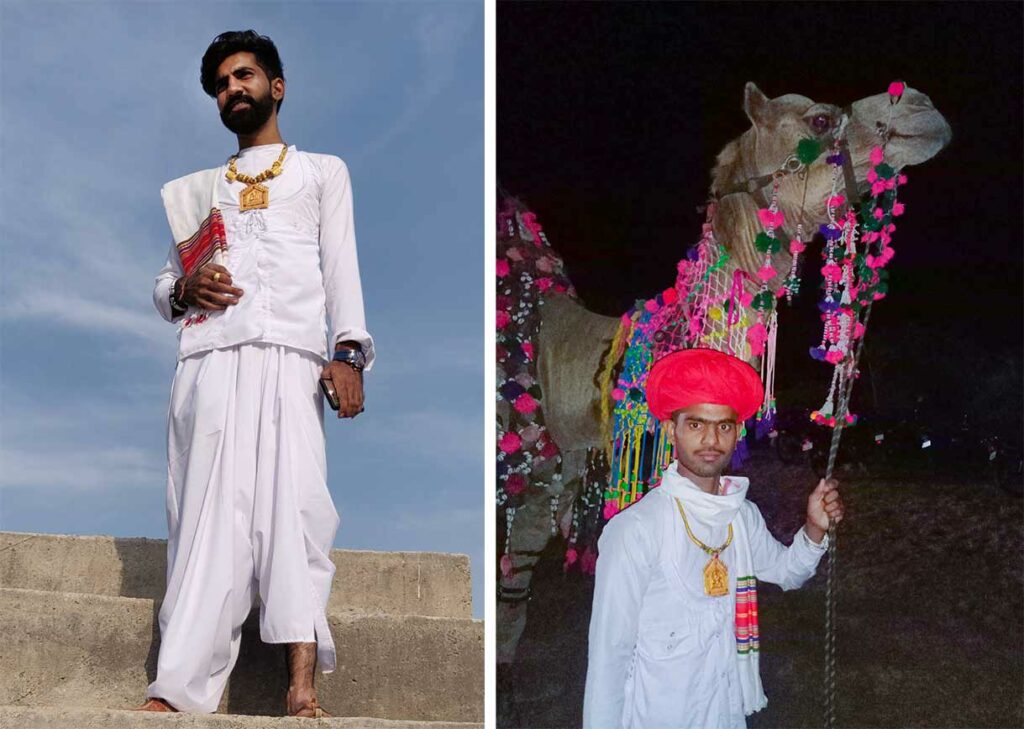
I asked these same questions to some of the young generation of Rabari. An important point emerges in all their answers: their pride in bearing the name of Rabari and the will not to lose this culture.
Even acknowledging the fact that keeping this heritage alive is a real challenge in modern life, they strive to uphold traditions during special events (weddings and festivities) where Rabari customs are honoured. For example, during the Sarneshwar Mahadev Fair in Sirohi, Rajasthan, the traditional Rabari outfit is compulsory for both men and women, a good way to preserve these ancestral traditions.
[ “Ganga Thali” Rabari procession in Rajasthan ]
Some Rabari people actively feed blogs or social network pages to let know about this special culture. Yash Rabari (history_of_rabari) is one of these (I already mentioned him above).
Some others have returned to their roots. This is the case of Dasrath Aka Digand, a Rabari from Gujarat. He left behind the bustling city of Ahmedabad to settle in the countryside on his family farm (Jogmaya Gaushala) near Adalaj where his family has been raising “Kutchi” camel and native breeds of cattle such as “gir”, “kankrej” or “Banni” for over twenty years. ”Raising cows is not yet well understood by my community, but attitudes are starting to change little by little.” he confided to me.
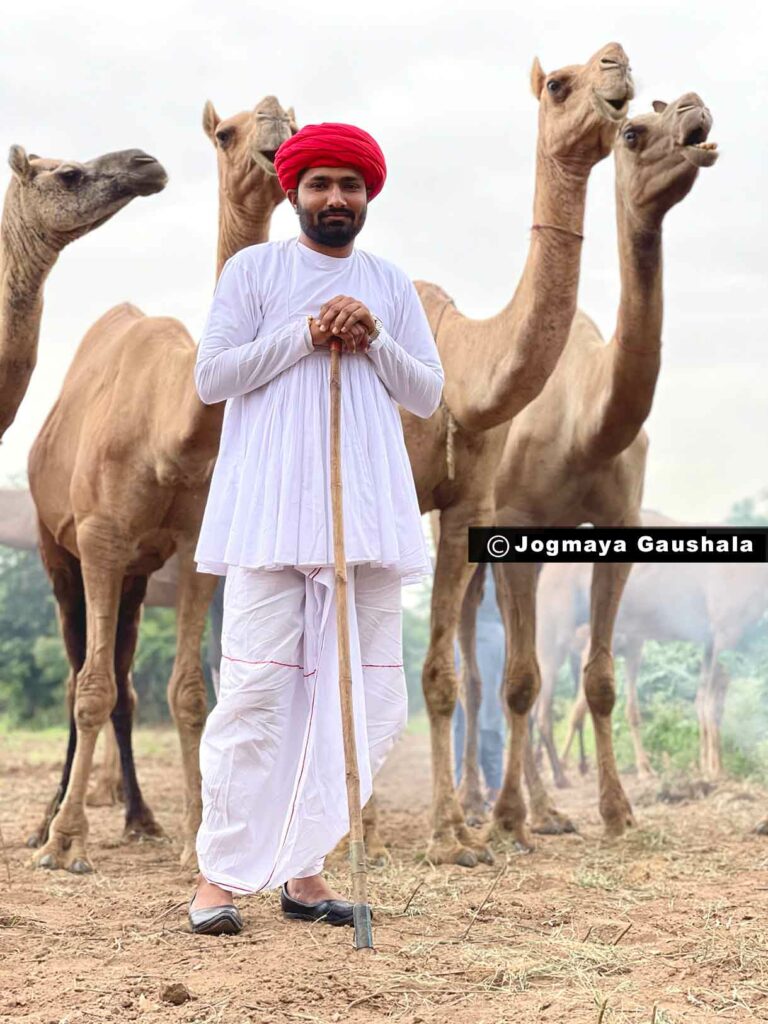
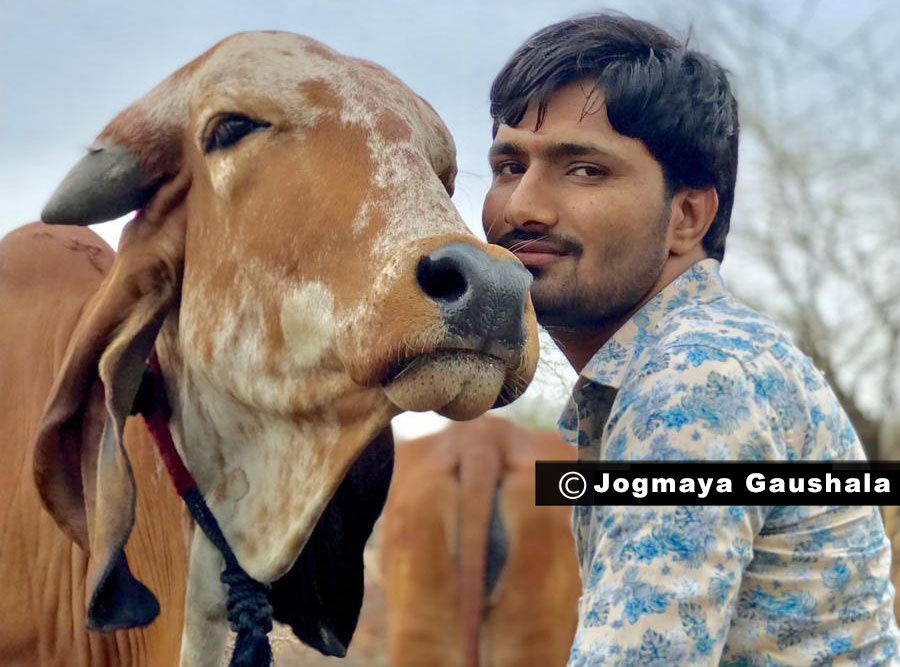
On the artistic side, some openly claim their Rabari origin like Geeta Ben Rabari, a young woman of barely 25 who became famous by singing traditional songs in Kutchi, Gujarati and Rajasthani as well as Bollywood classics.
Let us hope that the Rabari people, like many other communities in India, will strive to keep their culture in the face of the inevitable advance of modern society. To be continued in a few decades …

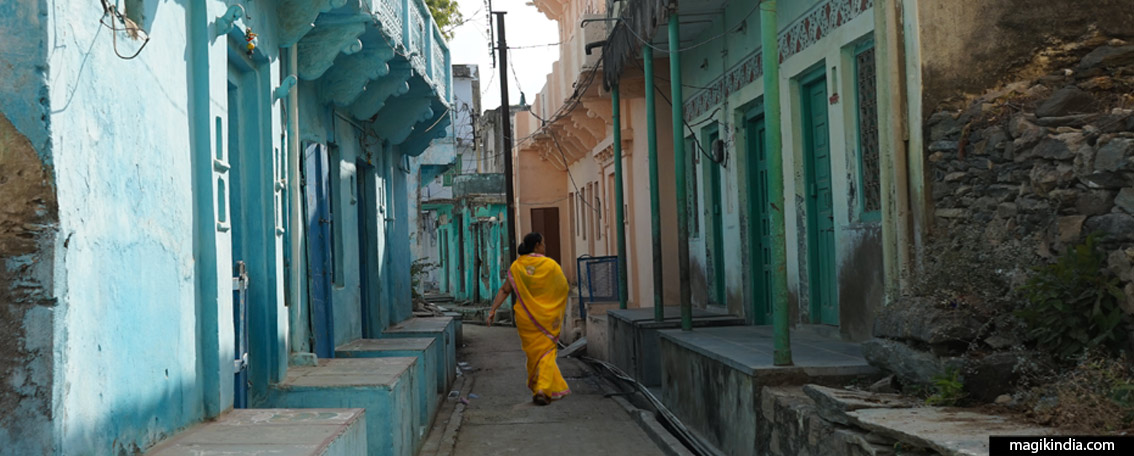
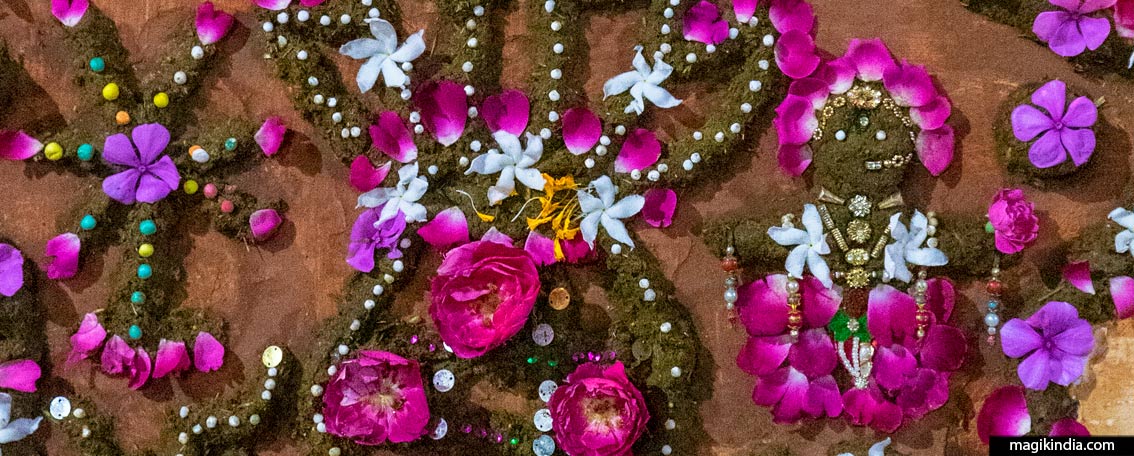
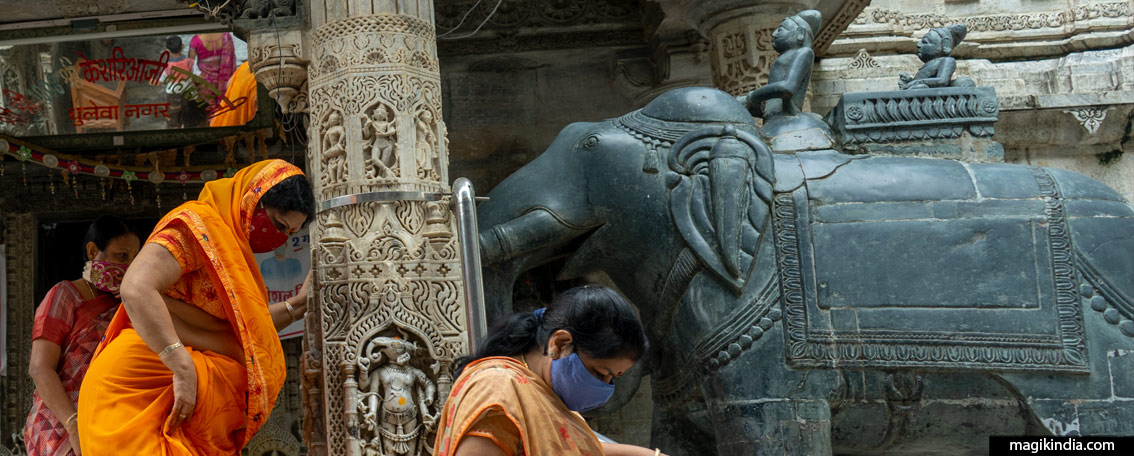


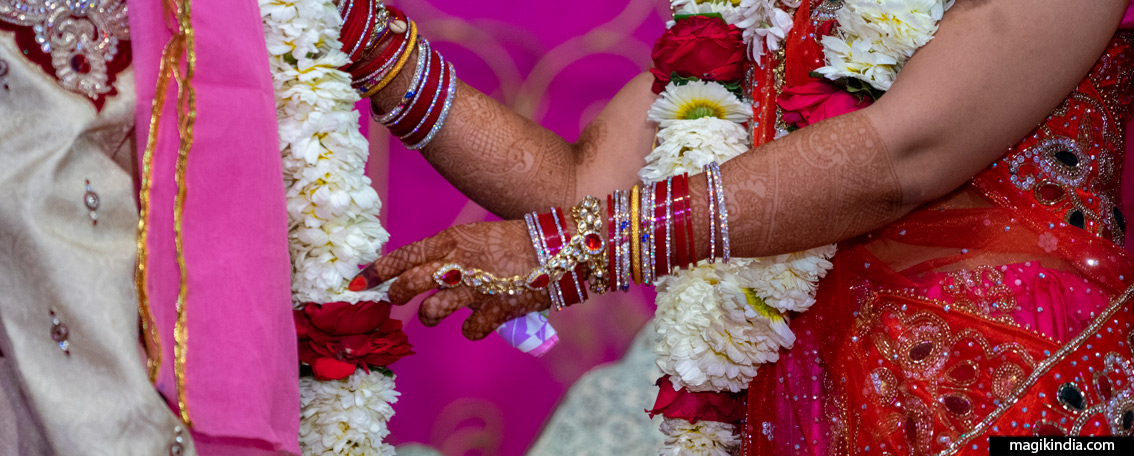
You did a great job. This blog helps to let people know who we Rebari are.
Thanks so much
Dear Ramesh, thank you so much for your message. Rabari are to be known! It’s an extraordinary culture! regards, Mathini